In The Midst Of An Auto Goldrush, Is India Headed For Overcapacity?
Optimism is a rare commodity in the auto industry these days, and nearly all of it comes from the so-called BRIC nations of Brazil, India, China and (to a lesser extent) Russia. India in particular is being targeted as one of the few growth opportunities for the industry’s global players. Nissan/Renault, Volkswagen, Honda, Ford and GM have all recently announced major initiatives to target growth in India’s entry-level market, and GM even gave up control of its Chinese operations in order to beef up its Indian presence. But, as the Hindu Business Line reports, India could be staring down the kind of overcapacity that is causing so many headaches for automakers in mature markets.
The HBL quotes an anonymous Fitch Ratings industry analyst as saying:
As new capacity gets added by 2012, we’re anticipating a demand and supply mismatch in the short-term. Demand is only expected to grow by 10-12 per cent every year. In 2009, the domestic auto industry was utilising 80-85 per cent of its capacity, but this may drop to 65 per cent by 2012. India may be in a similar position in 2012 as the global auto industry is in right now. The global capacity utilisation in 2009 was around 65 per cent, down from 80 per cent in 2008
According to the analyst, automakers with a presence in India are expected to add 0.9 million units to the 2.6 million units capacity of the passenger vehicle segment and 0.6 million units to the 0.75 million units capacity of the commercial vehicle segment by 2012. In the passenger car segment this translates into a nearly 35 percent increase in passenger car capacity and an 80 percent increase in the Light Commercial Vehicle (LCV) segment. And, according to Fitch:
We can expect a significantly high growth of around 20 per cent in the compact car segment, while the LCV market which is currently dominated by Tata Ace, should see around a 10 per cent growth. If you look at a global level, most production capacity is being added in India and China, elsewhere it is excess capacity
Ruh-Roh! This capacity will probably be soaked up eventually by long-term growth in the Indian market, but a big part of the appeal of BRIC markets is in their short-term growth potential while mature markets are mired in economic downturn. By 2012, mature markets should be experiencing a rebound. If India is experiencing overcapacity by then, the recent goldrush approach to the Indian market could well be stood on its head. For firms like GM that are making tangible compromises for advantages in the Indian market, this possibility should be especially worrying.
More by Edward Niedermeyer
Latest Car Reviews
Read moreLatest Product Reviews
Read moreRecent Comments
- UnoGeeks Great information. Unogeeks is the top SAP ABAP Training Institute, which provides the best SAP ABAP Training
- ToolGuy This thing here is interesting.For example, I can select "Historical" and "EV stock" and "Cars" and "USA" and see how many BEVs and PHEVs were on U.S. roads from 2010 to 2023."EV stock share" is also interesting. Or perhaps you prefer "EV sales share".If you are in the U.S., whatever you do, do not select "World" in the 'Region' dropdown. It might blow your small insular mind. 😉
- ToolGuy This podcast was pretty interesting. I listened to it this morning, and now I am commenting. Listened to the podcast, now commenting on the podcast. See how this works? LOL.
- VoGhost If you want this to succeed, enlarge the battery and make the vehicle in Spartanburg so you buyers get the $7,500 discount.
- Jeff Look at the the 65 and 66 Pontiacs some of the most beautiful and well made Pontiacs. 66 Olds Toronado and 67 Cadillac Eldorado were beautiful as well. Mercury had some really nice looking cars during the 60s as well. The 69 thru 72 Grand Prix were nice along with the first generation of Monte Carlo 70 thru 72. Midsize GM cars were nice as well.The 69s were still good but the cheapening started in 68. Even the 70s GMs were good but fit and finish took a dive especially the interiors with more plastics and more shared interiors.

















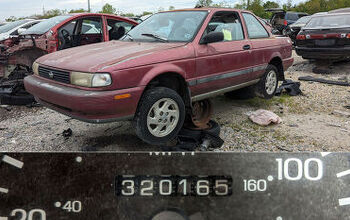
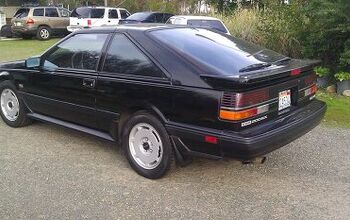


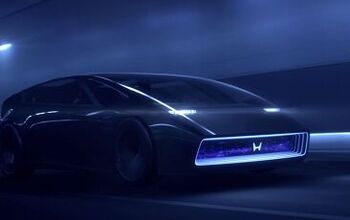

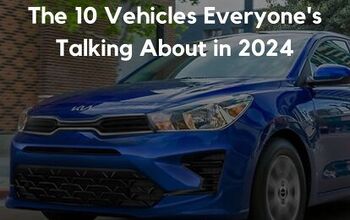

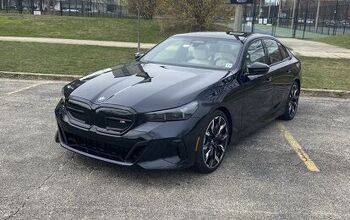

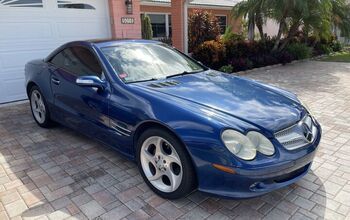
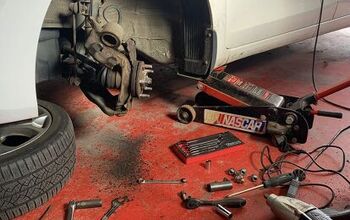
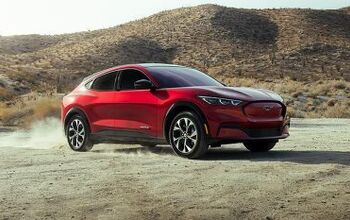
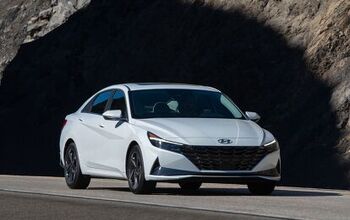
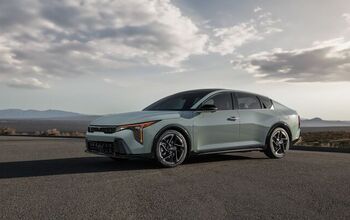

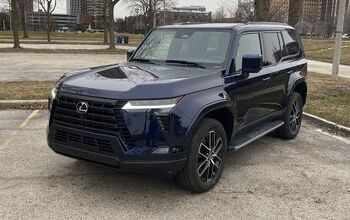
Comments
Join the conversation
I've said this before, the expansion of the Indian Middle Class and their lust for cars will force the government to finally build an infrastructure for them. You know, sans the cronyism and budget skimming so commonplace right now. I can see it: better roads, bridges, stop lights, etc. If they don't...then overcapacity will be even more of a concern.
From what I have read, India is not building enough roads to soak up this dramatic increase in production - even if one takes into account the current highway construction boom. Furthermore, in its cities, there simply is no space to build. Having traveled in Bombay (Mumbai), Bangalore and Delhi, I can say that traffic congestion in these places is hell. It is pretty much rush hour from 8am to 8pm. Bangalore in particular is really, really bad. It makes LA feel like an open prairie! I really don't know what the solution to city congestion is going to be.